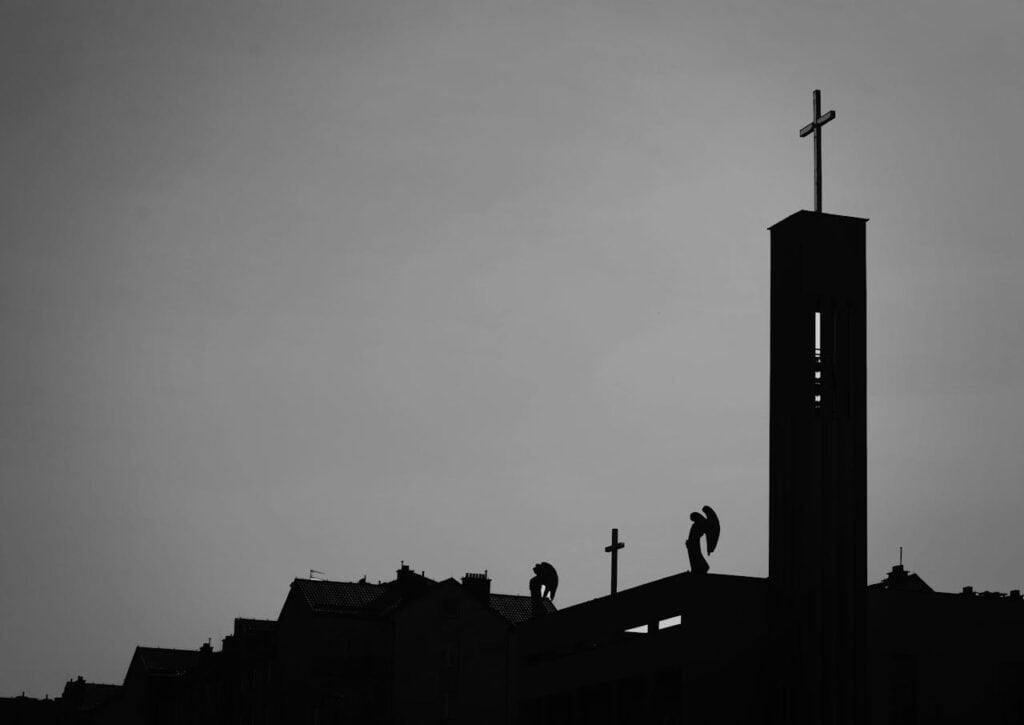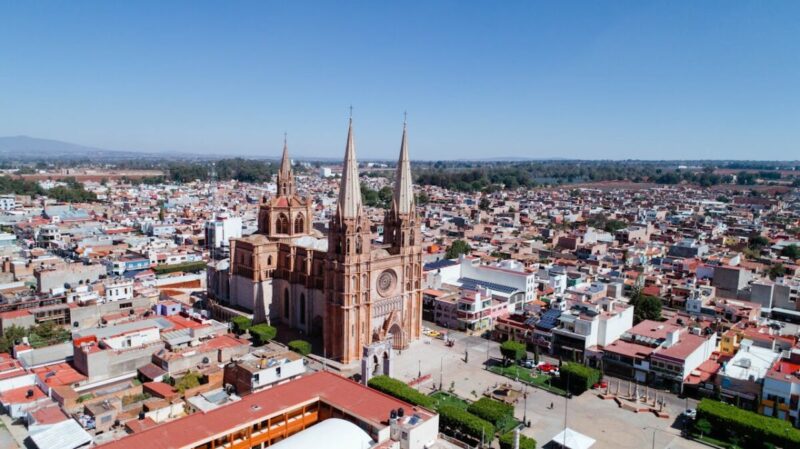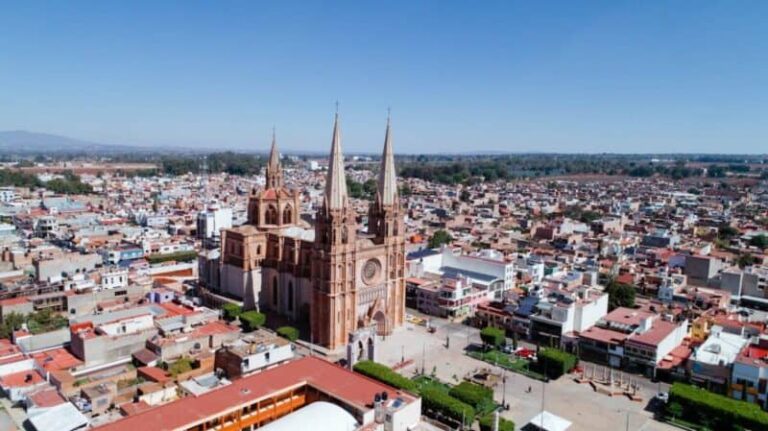Saint Hildegarde 11th Century German
Saint Hildegarde of Bingen was born about 1098, and she died on September 17, 1179. She was multitalented as an abbess and active as a writer, composer, philosopher, mystic, visionary, and as a medical writer and practitioner during the High Middle Ages. She is considered to be the founder of scientific natural history in Germany. Saint Hildegarde founded the monasteries of Rupertsberg in 1150 and Eibingen in 1165. Saint Hildegard wrote theological, botanical, and medicinal works, as well as letters, hymns, and antiphons for the liturgy. She wrote poems and supervised miniature illuminations in the Rupertsberg manuscript, which is her first written work. Is anyone as multitalented as Saint Hidegarde?
Saint Hildegarde Biography

Saint Hildegarde was born about 1098. She was of lower nobility, and she was the youngest of ten children. She was ill at birth. In her Vita, she states that from a very young age, she experienced religious visions. From early childhood, before she undertook her public mission or even her monastic vows, her spiritual awareness was called the reflection of the living light.
Saint Hildegarde entered the monastery of Disibodenberg when she was only fourteen years old. She became the prioress of the monastery in 1132, and she and approximately 20 nuns thus moved to the St. Rupertsberg monastery in 1150. She said that she first saw “The Shade of the Living Light” at three, and by five, she began to understand that she was experiencing visions. She continued to have religious visions until age 42. She wrote her visions in a book. By February 1148, at the synod in Trier that Pope Eugenius heard about Hildegard’s writings. It was from this that she received papal approval to document her visions as revelations from the Holy Spirit, giving her instant credibility.
That was not all. Several manuscripts of Saint Hildegarde’s works were published during her lifetime, including the illustrated Rupertsberg manuscript of her first major work, Scivias; the Dendermonde Codex, which contains one version of her musical works; and the Ghent manuscript. At the end of her life, and probably based on her wishes, all of her works were edited and gathered into the single Riesenkodex manuscript. The Riesenkodex manuscript is a collection of 481 folios bound in pig leather over wooden boards that measure 45 by 30 centimeters.
Before Saint Hildegarde died in 1179, a problem arose with the clergy of Mainz: a man buried in Rupertsberg had died after being excommunication from the Catholic Church. The clergy wanted to remove his body from the sacred ground. Saint Hildegarde did not like this idea, replying that it was a sin and that the man had been reconciled to the church at the time of his death.
Saint Hildegarde Veneration

Saint Hildegarde was one of the first people to be officially canonized. Her name was included in the Roman Martyrology at the end of the 16th century up to the current edition, listing her as “Saint Hildegarde.” Her relics are in Eibingen, Germany. On May 10, 2012, Pope Benedict XVI extended the veneration of her to the entire Catholic Church. He also named her a Doctor of the Church. He called Hildegard “perennially relevant” and “an authentic teacher of theology and a profound scholar of natural science and music.”[101]
Conclusion
Saint Hildegrande has more surviving chants by any other composer from the entire Middle Ages. One of her works, the Ordo Virtutum, is an early example of liturgical drama and arguably the oldest surviving morality play. She is noted for the invention of a constructed language known as Lingua Ignota. Although the history of her formal canonization is complicated, she is both a saint and a doctor of the Catholic Church.







